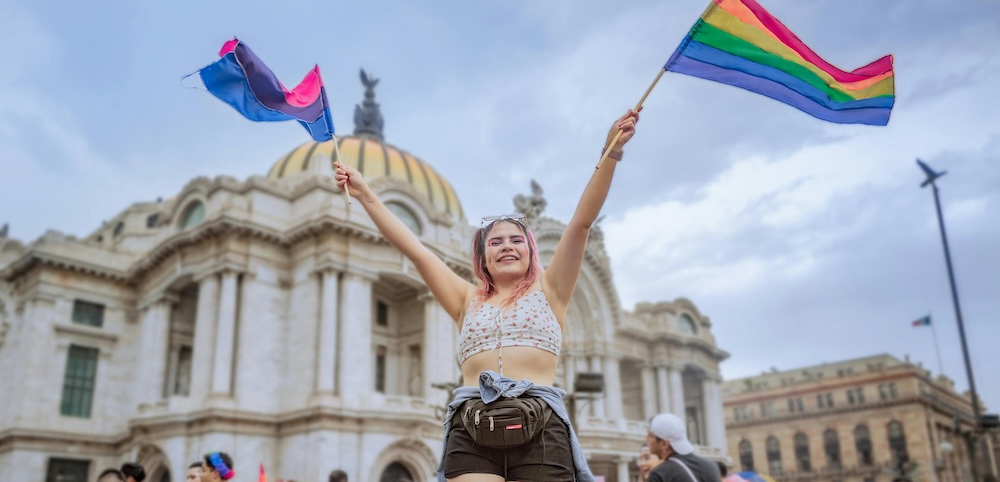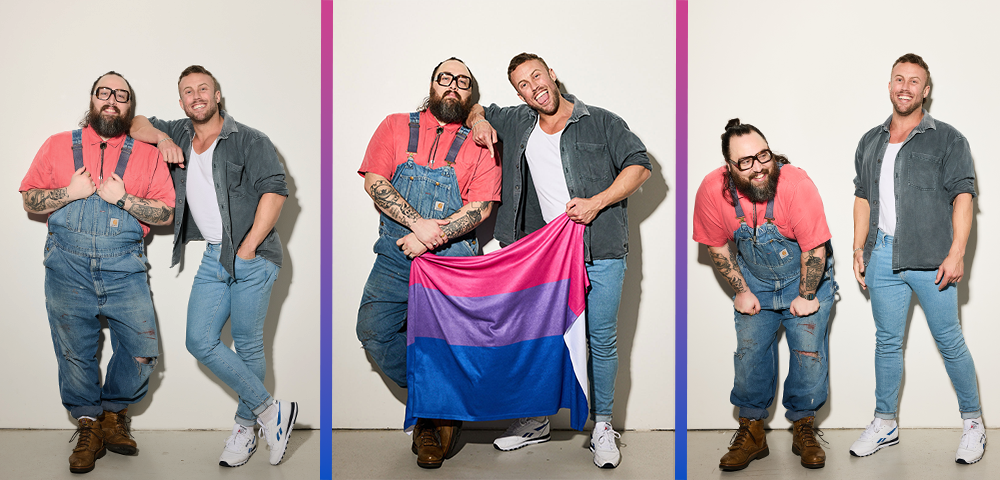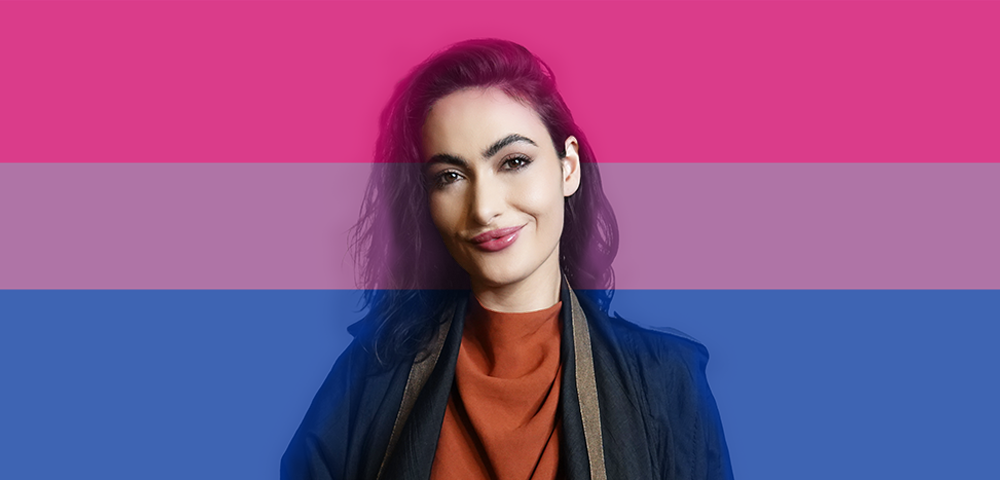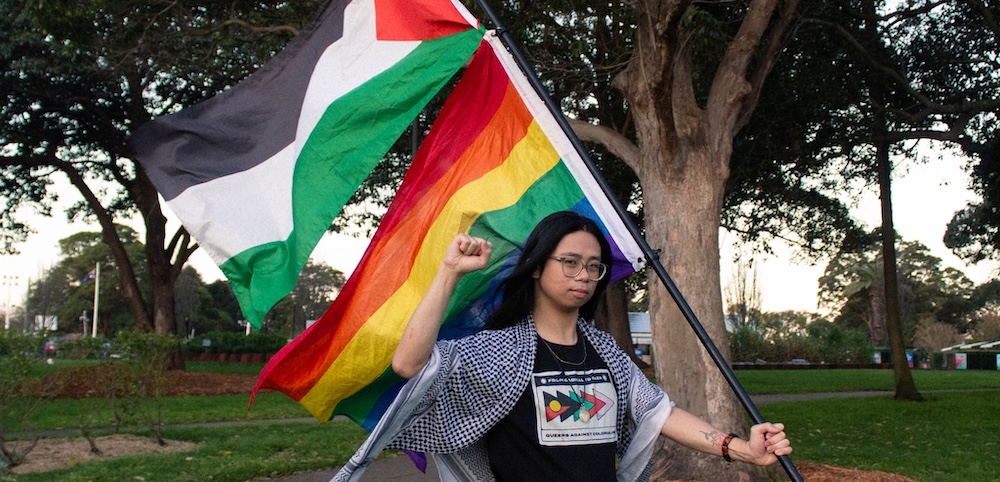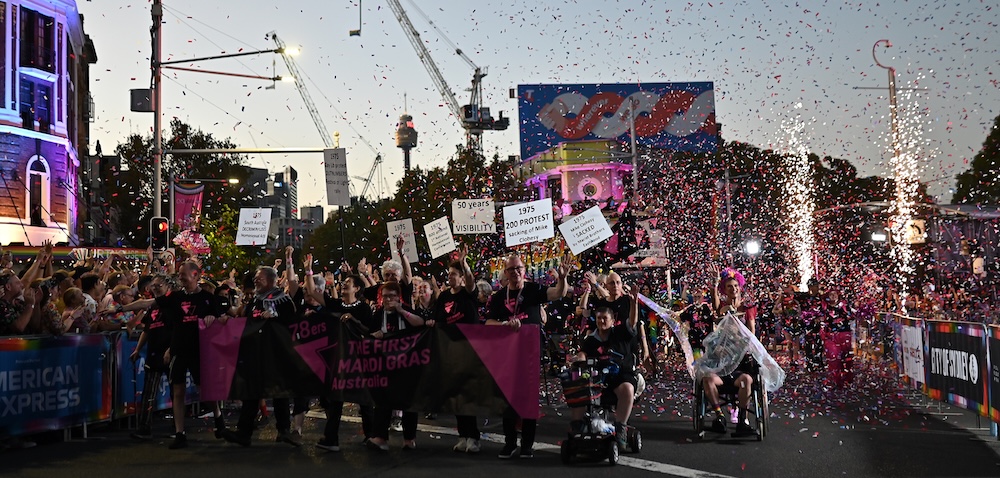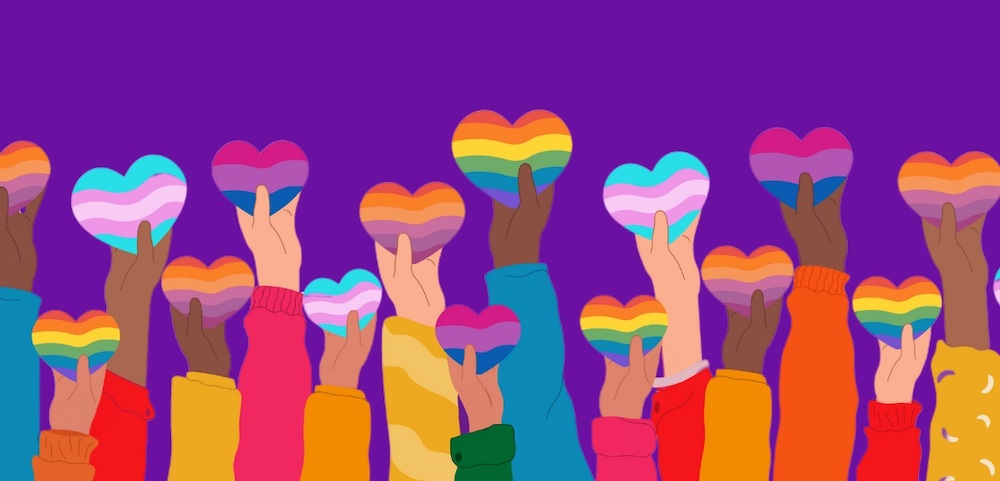

SHOULD lesbian, gay and bisexual athletes be open about their sexual orientation, not just to their families and friends – but also to their fans and the wider public?
Of course, I am not talking about ‘outing’ (which, in any event, I would limit to people who are malevolent in their homophobia, actively seeking to oppress LGBTI people), but is there at least a moral obligation for professional athletes – and indeed other people in the public spotlight – to come out?
In my view, the answer to this question is found by trying to balance two competing interests, those of the individual athlete, and the collective interest of our community.
At the individual level, we have absolutely no right to know any athlete’s sexual orientation. How someone identifies is a personal matter, and people should generally have a right to privacy, irrespective of whether they live their life in public or not.
It seems like an obvious point, and yet sometimes we forget that public figures are human too (I was going to use ‘just like us’, but that seems to be a separate debate at the moment). Each of us has our own story about who we are. Many of those stories share similarities, although none are exactly the same. Some of us come out earlier, others later, for example.
I came out at 19. Even though that was (*cough*) 17 years ago now, I can still remember how tumultuous a time that was. Which means I can sympathise, on a personal level, with at least a little of what someone like Amelie Mauresmo went through when she came out at the same age, or what Tom Daley did when he announced he was in a relationship with a man, also at 19.
On the other hand, I would have absolutely no idea what most of their experiences would have been like, given that famous sportspeople seem to live their lives in a fishbowl, with the bigger the fish, the smaller the bowl.
Imagine taking your own coming out, and then adding the pressure of trying to anticipate how fans will react, dealing with subsequent media coverage (including potential stories in the tabloids and/or by gossip columnists), or even just comprehending the fact that someone on the other side of the world would be interested in your sexual orientation.
And let’s not forget the pressures of trying to fit in in a team environment, with other players who might be more (or less) welcoming of gay teammates, a sporting culture that might itself be homophobic, or the potential loss of future endorsements, making the decision by many same-sex attracted sportspeople not to come out more understandable.
At the same time, I would argue there is an undeniable collective benefit to our community whenever individual lesbian, gay and bisexual athletes decide to come out.
The first and most obvious benefit is by helping to show young same-sex attracted people that they are not alone. For as long as young lesbian, gay and bisexual people continue to experience high rates of isolation, depression and tragically, suicide – having more famous athletes who are out and showing these kids that they can be anything and do anything can only be a good thing.
I am old enough that Ian Roberts’ coming out meant something for that reason. For people with more life experience it might have been Martina Navratilova, for those who are younger, Jason Collins or Belle Brockhoff.
The second benefit of having openly-lesbian, gay or bisexual athletes is in helping to change societal attitudes. Whether people like it or not, we live in a sport-obsessed country. Successful athletes are celebrities – and this gives them the platform to speak out on issues, and help persuade people about the need for equality.
Not only that, numerous studies have shown that simply knowing a gay person is one of the most effective ways to reduce homophobia, because it forces someone to reflect on what they think or say. At the MCG on a mid-winters’ day, there are thousands of people who feel like they know the players – which is one reason why having an openly-gay AFL player would be such a big deal, and even bigger opportunity to change minds.
In 2014, the gap between pressures on players not to come out, and the benefit to us in them doing so, is closing. You just have to compare the stories of Justin Fashanu and Robbie Rogers, or Billie-Jean King and Casey Dellacqua, to see how much the world has changed in the past 20-30 years, making it easier for athletes to be open about who they are.
And today, young same-sex attracted people can now find role models in lots of different areas of public life, and homophobia and biphobia, at least in Australia, is gradually easing.
For me, though, it is easing far too slowly. The Growing Up Queer report released last Friday showed that 64 per cent of queer youth had been verbally abused, 18 per cent physically, and 42 per cent had thought about self-harm or suicide – six times the rate of their heterosexual peers. These statistics are enough to show that the arguments in favour of athletes’ coming out are incredibly strong.
Strong enough that they have a moral obligation to do so? Well, no, because I cannot presume to tell other people how they should live their lives. But lesbian, gay or bisexual athletes have the power to do so much good for other people, simply by being honest about who they are. The more athletes who are able to exercise that power, the better for all of us.




